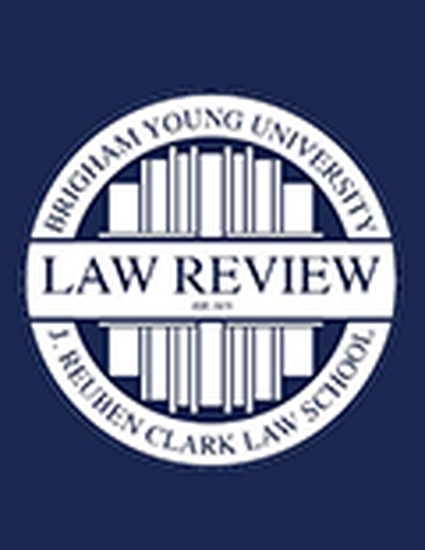
On February 24, 2022, war broke out between Russia and Ukraine, sparking concerns among government leaders, intergovernmental bodies and the public at large. A month later, the Russian government issued Decree 299, which reduced to zero the royalty rate for national security-based compulsory licenses to intellectual property rights held by individuals or entities originating from the United States or other "unfriendly" nations. Meanwhile, the United States and other members of the international community imposed sanctions on Russia, raising questions about whether those sanctions would prevent U.S. companies and individuals from engaging with Russian intellectual property agencies. Many multinational corporations also withdrew from the Russian market.
The Russo-Ukrainian War has raised important questions that have been virtually unexplored in intellectual property literature. To fill this gap, the present article examines wartime and postwar protection of intellectual property rights. It begins by showing that armed conflicts are not new to the international intellectual property regime and that this regime already contains robust structural features and carefully drafted safeguards, limitations and flexibilities to protect intellectual property rights holders during wartime. This article then explores the international intellectual property obligations of countries that are parties to an armed conflict as well as those that are not directly involved but have imposed sanctions on belligerent states. To cover developments in areas relating to international trade, investment and intellectual property laws, this analysis focuses on the WTO TRIPS Agreement, bilateral investment agreements and regional or plurilateral trade agreements that include intellectual property and investment chapters.
This article further outlines the different proactive measures that policymakers can introduce to help protect intellectual property rights holders during and in relation to an armed conflict. The discussion specifically explores the development of domestic measures, international mechanisms and academic and policy research. The article concludes by probing the deeper theoretical questions generated by wartime and postwar experiences in relation to innovation theory, intellectual property law and international law.
Available at: http://works.bepress.com/peter_yu/359/
